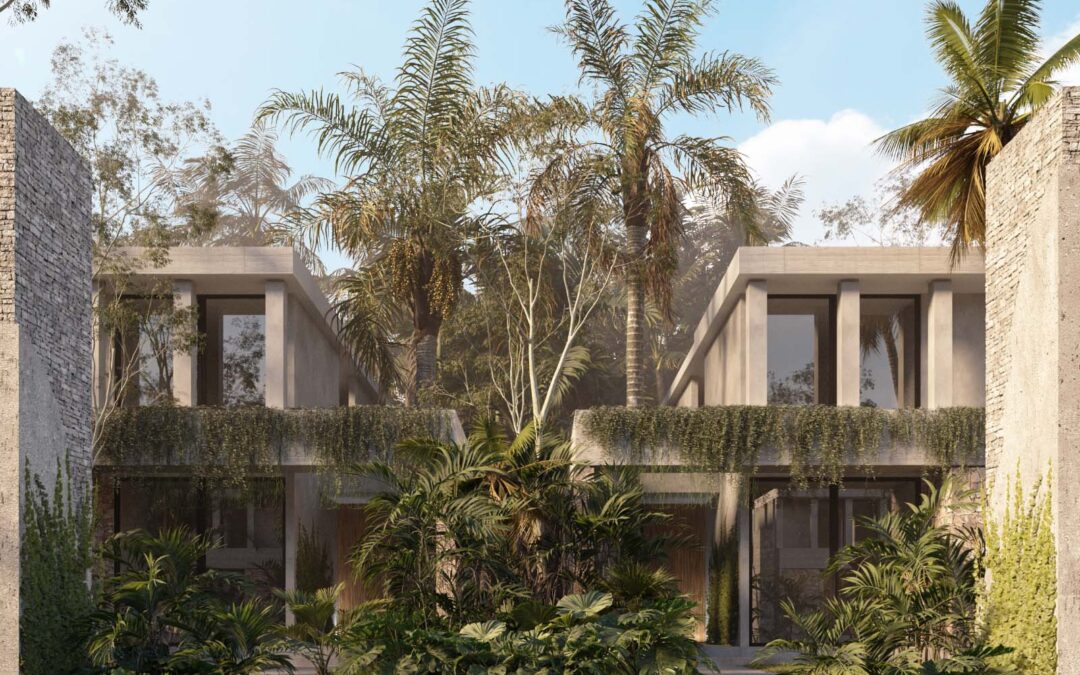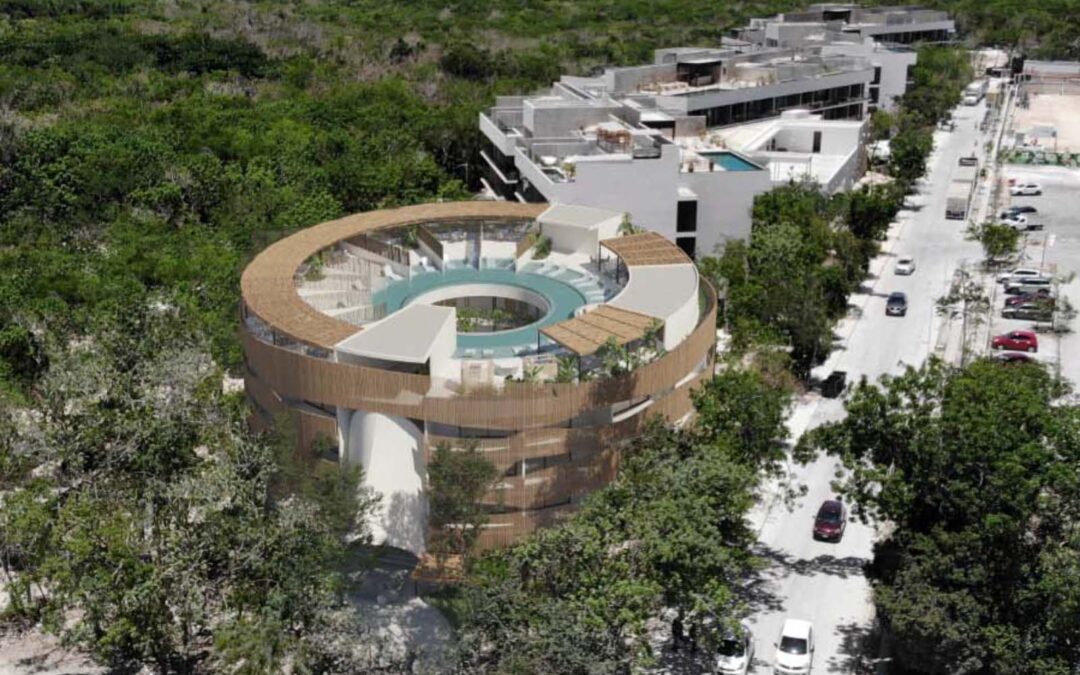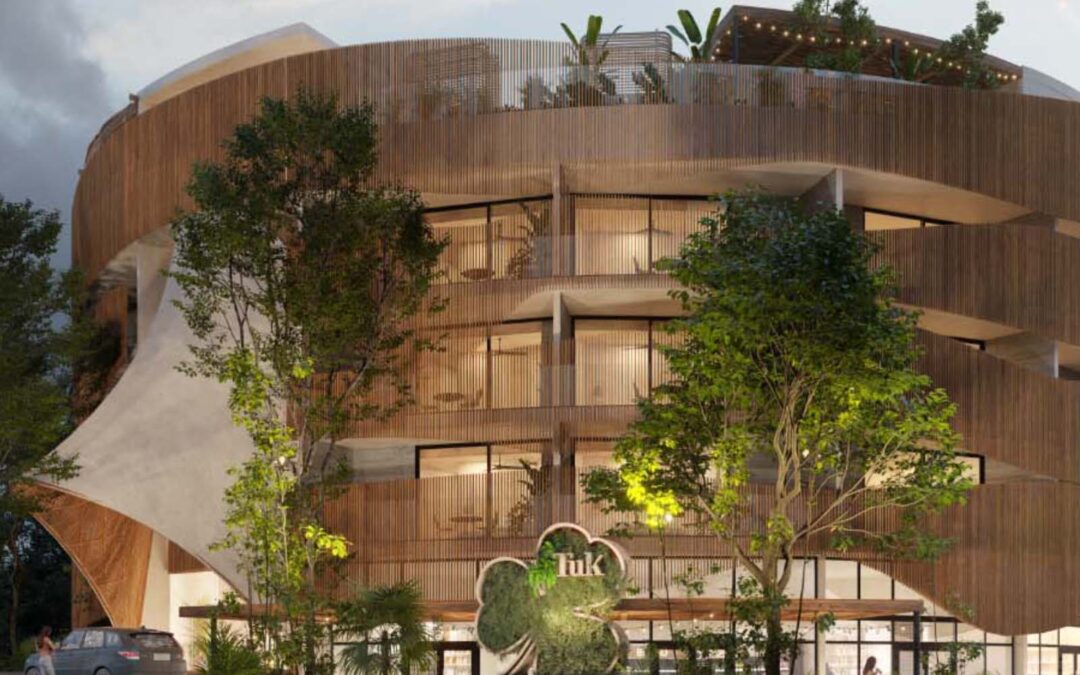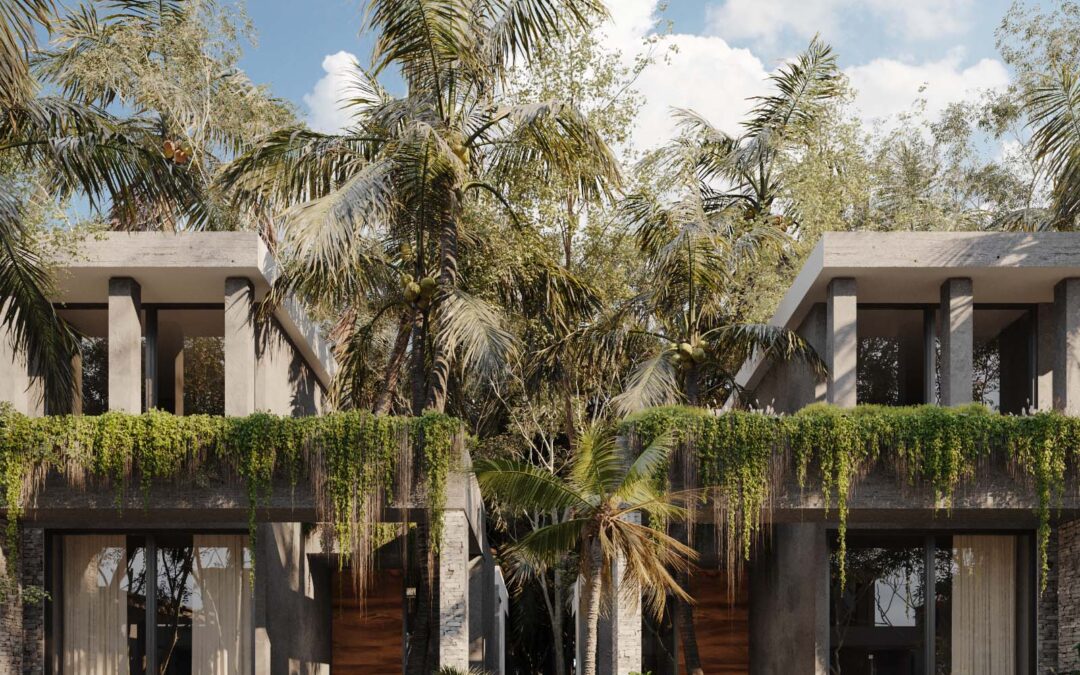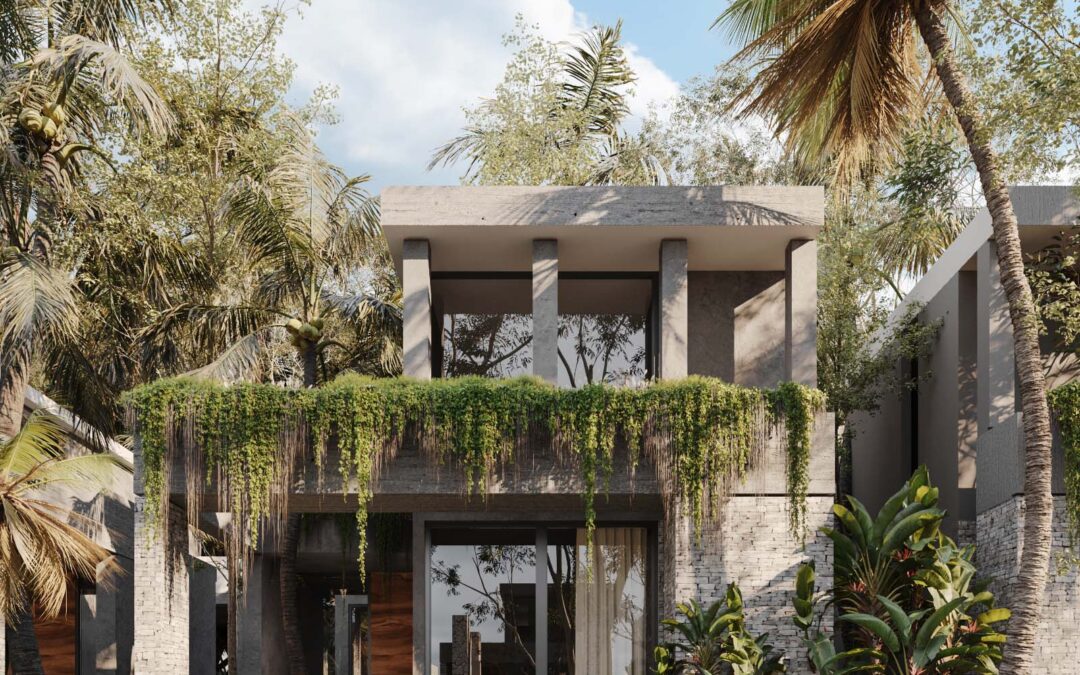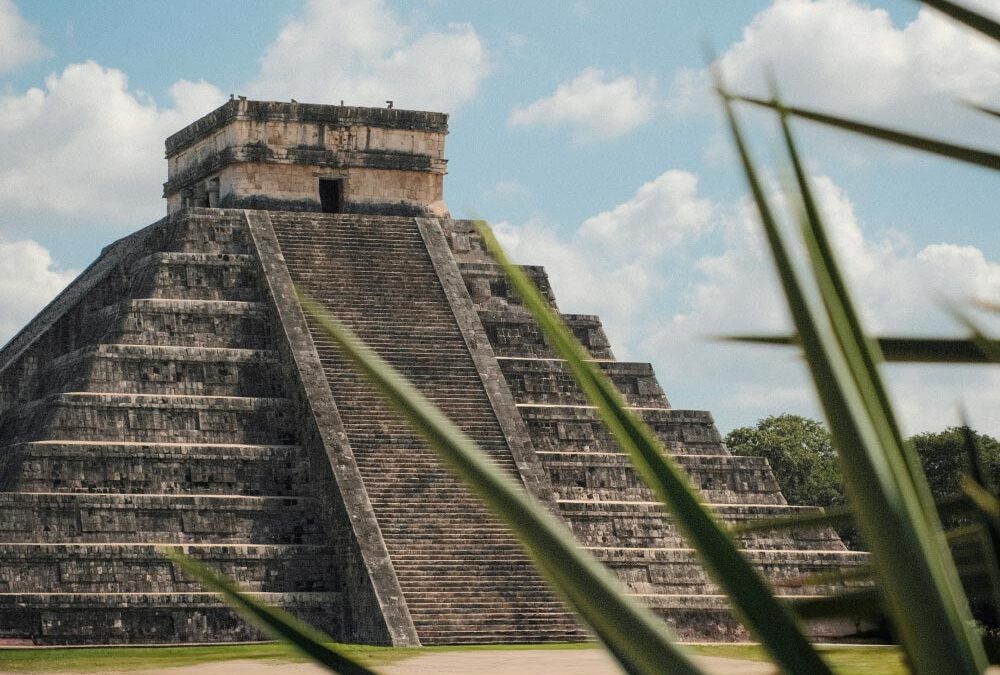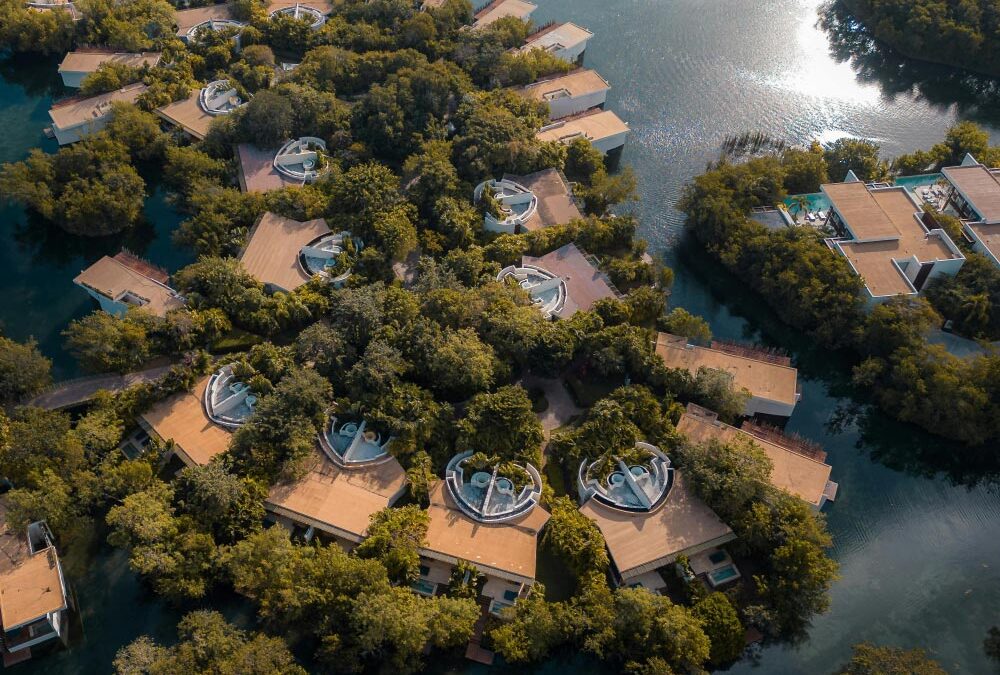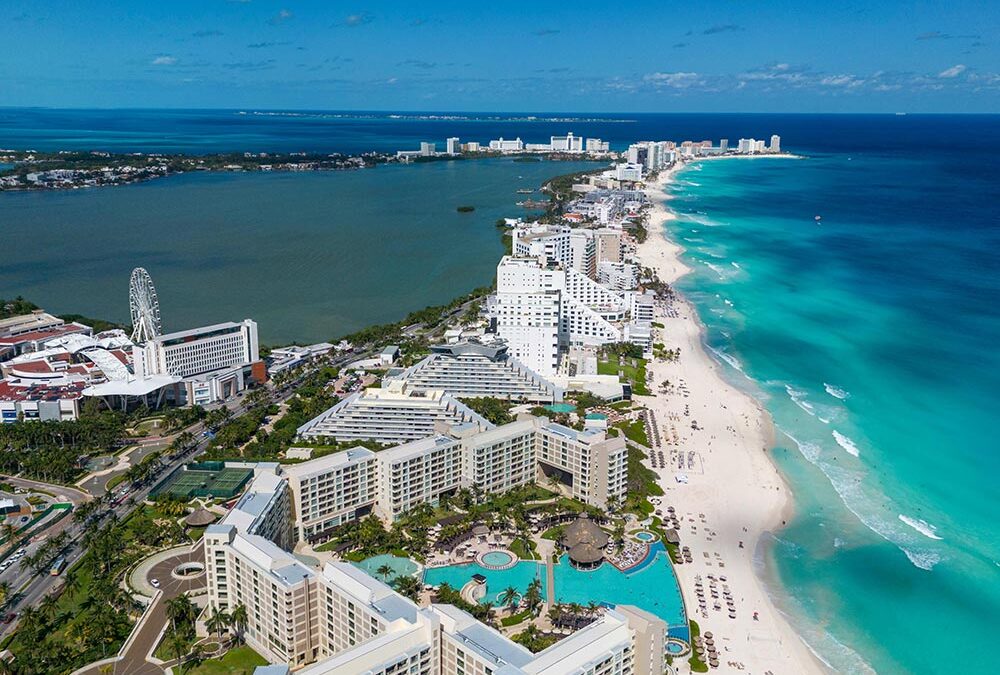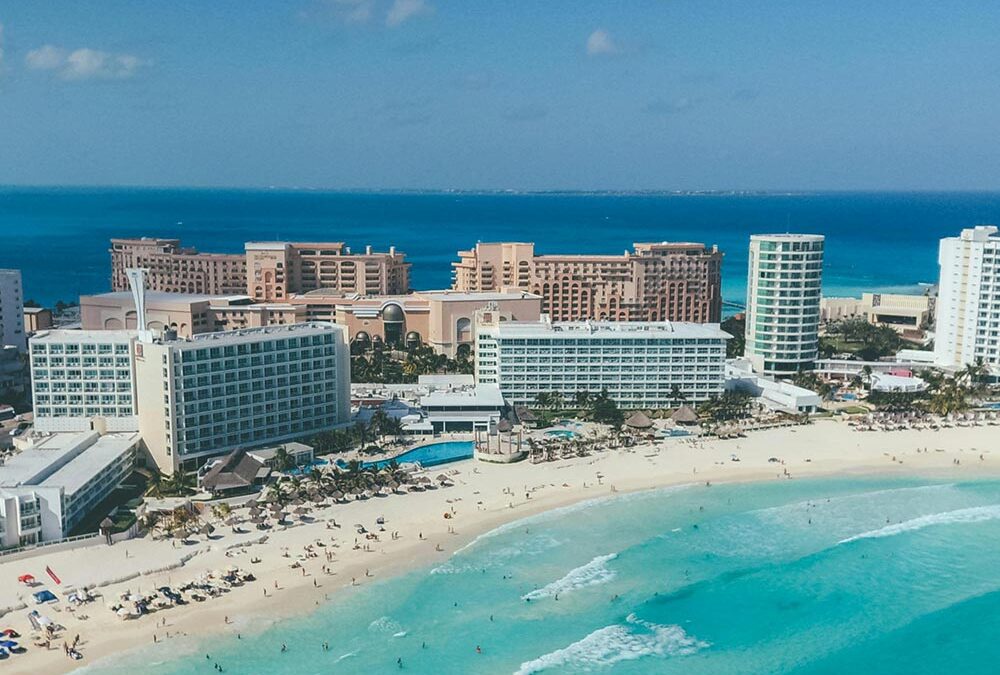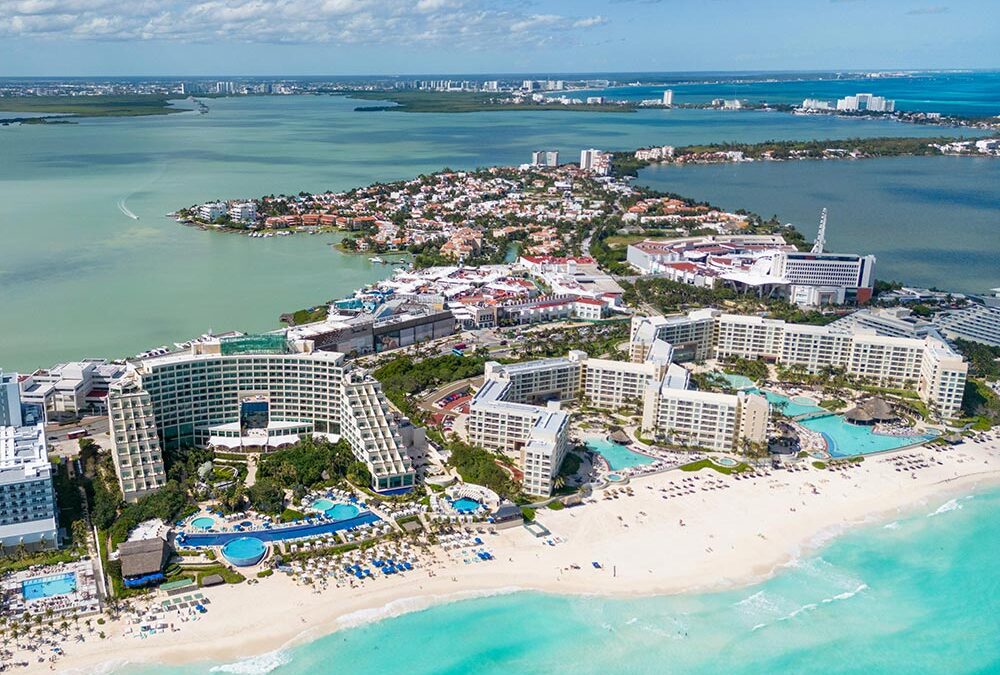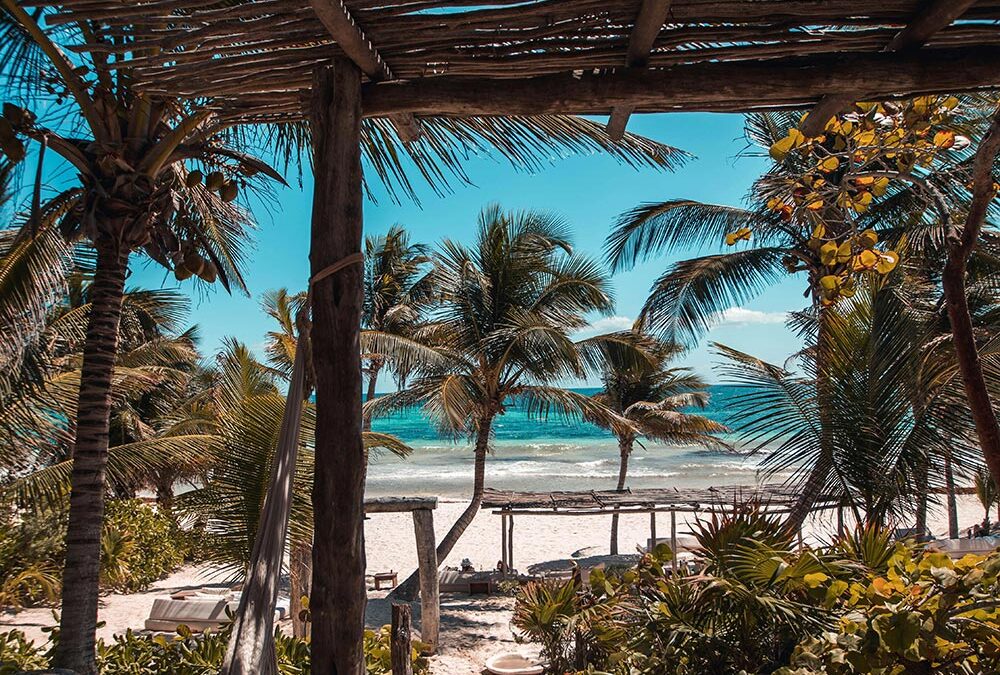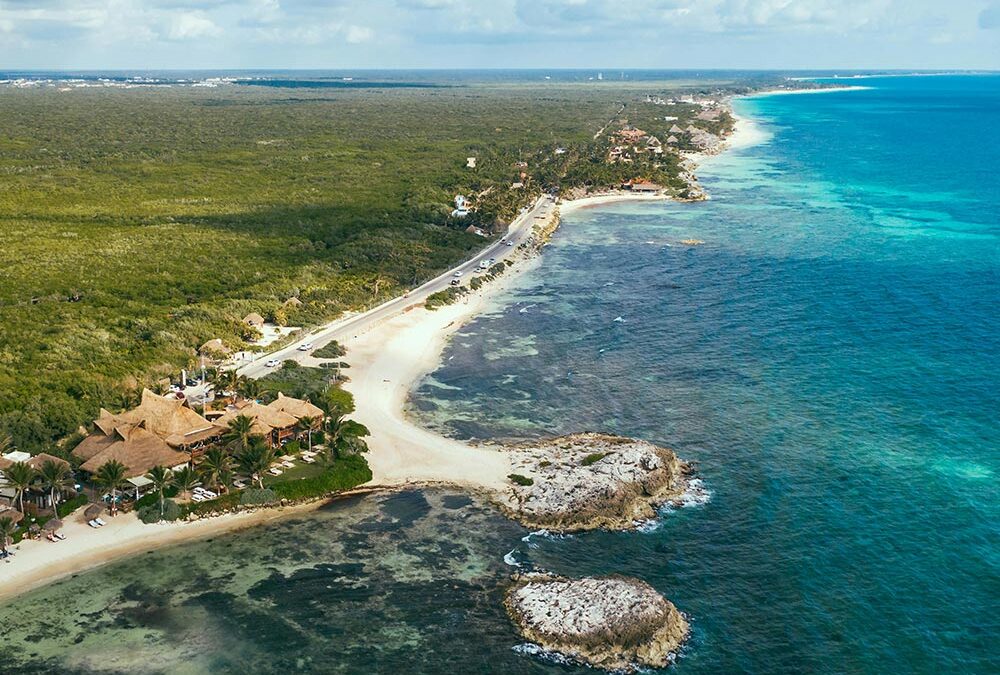When it comes to investing for the long term, many people immediately think of stocks. While equities have historically produced notable returns, they often carry high levels of volatility and risk. From global economic shocks to market sentiment swings, your portfolio can experience dramatic value shifts in a matter of days, or even hours. This constant fluctuation can cause significant stress and leave investors uncertain about how to protect and grow their capital.
In contrast, real estate often provides a steadier path toward wealth accumulation, offering tangible assets that maintain or increase in value over time. Specifically, Tulum—a premier coastal paradise on Mexico’s Yucatán Peninsula—has emerged as one of the most promising and secure real estate markets worldwide. Tulum’s enviable blend of natural beauty, thriving tourism, and ecological sensibility has fueled demand for rental accommodations, vacation homes, and investment properties. As more travelers discover its breathtaking beaches, ancient Mayan ruins, and eco-friendly developments, Tulum real estate consistently outperforms volatile asset classes like stocks.
This comprehensive guide will show you exactly why Tulum’s real estate market has become an increasingly safer and more reliable way to grow your money compared to the erratic waves of the stock market. We’ll explore the region’s fundamentals, compare the stability of real estate with equity investments, uncover financing and ROI insights, and provide a real-world case study to highlight just how lucrative and stress-free owning property in Tulum can be. Whether you’re a seasoned investor looking to diversify or someone seeking a more stable option than stocks, Tulum real estate may well be your ticket to steady, long-term financial growth.
Index of Content
- Why Tulum Real Estate Is a Safer Choice
- Comparing Stocks and Property: Core Differences
- Financing and Return on Investment (ROI)
- Risk Mitigation Strategies
- Future Outlook: Growth and Sustainability
- Conclusion
- Case Study
- FAQs
Why Tulum Real Estate Is a Safer Choice
A Thriving Tourism Economy
Tulum’s natural beauty, eco-chic vibe, and archeological wonders have made it an international destination for tourists and digital nomads alike. Alongside this rising influx of visitors, property values have seen steady appreciation, forming a robust foundation for long-term investment growth. Where stocks are susceptible to daily market sentiment shifts, Tulum real estate is underpinned by real-world travel demand that does not drastically change overnight.
Importantly, local authorities and community leaders have shown commitment to sustainable development—preserving Tulum’s pristine environment while still expanding infrastructure. This eco-focus attracts a higher-spending segment of tourists seeking boutique experiences, ensuring a reliable pipeline of renters and potential buyers for high-quality properties.
- Explore Tulum’s prime neighborhoods—such as Aldea Zamá or La Veleta—for the best balance of rental demand and property value growth.
Tangible Assets vs. Paper Assets
Unlike stocks, which are essentially shares in a company’s future profits, Tulum real estate is a physical, tangible investment that you can use, rent out, or resell. Even during economic downturns, land and property often retain intrinsic value by virtue of their physical utility. This adds a layer of security absent in equities, which can sharply drop in value due to factors far beyond an individual investor’s control.
Moreover, owning a condo, villa, or boutique property offers multiple revenue streams—like short-term vacation rentals or long-term leasing—and adds a personal lifestyle benefit if you wish to occupy the property. These dual uses make Tulum real estate an asset that merges both financial security and personal enjoyment, a combination rarely found in the stock market.
Comparing Stocks and Property: Core Differences
Volatility and Emotional Stress
Equities are notorious for rapid price swings, driven by everything from quarterly earnings reports to global crises. This volatility can lead to impulsive decisions—panic selling or overzealous buying—especially if you’re closely tracking your portfolio’s daily performance. By contrast, Tulum properties grow in value more gradually, influenced by factors such as tourism trends, infrastructure projects, and shifts in consumer preferences.
While real estate does have its own cycles, it typically does not experience the same 5–10% daily fluctuations common in the stock market. Investors can hold onto a physical asset until conditions are favorable for a sale, generating rental income in the interim. This slower pace of change fosters a calmer, more strategic mindset, as well as a sense of control often lost in fast-moving equity markets.
- Assess your own risk tolerance—if daily price volatility keeps you up at night, property investing might be a wiser, lower-stress alternative.
Inflation Protection and Steady Cash Flow
Real estate, particularly in high-demand regions like Tulum, tends to act as an effective inflation hedge. When general prices rise, rental rates often follow, which supports property owners in preserving their purchasing power. Stocks can also outpace inflation over time, but prolonged market downturns or currency devaluations can offset that advantage.
Additionally, investors in Tulum real estate can earn steady cash flow from short-term vacation rentals throughout much of the year. Peak travel seasons—December through April and the summer months—often see occupancy rates above 70%, which is higher than in many global vacation markets. This consistent income helps cover mortgage, maintenance, and management expenses, leaving you with net returns that typically outperform the average dividend yield from stocks.
Financing and Return on Investment (ROI)
Pre-Construction and Developer Incentives
One of Tulum’s most attractive investment avenues is purchasing pre-construction properties. Developers frequently offer early-bird discounts, flexible payment schedules, and even interest-free financing during the building phase. By buying in early, you benefit from instant equity once the project is completed, as pre-sale prices are usually set below post-completion market rates. These built-in gains can significantly boost your overall ROI without the dramatic risks associated with stock picking.
Further, Tulum’s eco-luxury appeal can elevate rental rates, especially for properties with sustainable features like solar panels, water-saving systems, or architectural designs that blend seamlessly with the natural surroundings. These amenities often command rental premiums, enhancing your monthly cash flow and long-term appreciation potential.
- Negotiate finishing upgrades (kitchen appliances, premium flooring) to make your property more attractive to renters and future buyers.
Leveraging Mortgages and Equity
While paying cash for a property provides immediate ownership, many investors choose mortgages or developer financing to make their money go further. By putting down a portion of your capital and borrowing the remainder at favorable rates, you can secure multiple assets—or a larger property—than you could with outright cash. This strategy amplifies your returns, as rental income not only covers monthly obligations but may surpass them, generating additional profit.
Comparatively, leveraging in the stock market—through margin trading—introduces higher risk. Sudden declines in share prices can wipe out your position and potentially exceed your initial investment, requiring additional capital to cover losses. Real estate financing, on the other hand, is secured by a tangible property that can be sold or rented for consistent returns, offering a more balanced risk profile for those comfortable with leveraged investments.
Risk Mitigation Strategies
Regulatory and Legal Protections
For foreigners, Mexico’s laws allow property purchases in coastal areas through a bank trust known as a fideicomiso. This structure ensures you have all the rights of a property owner while adhering to local regulations. Additionally, working with licensed real estate agents and bilingual attorneys safeguards you against hidden liens, vague contracts, and other potential pitfalls.
In Tulum, reputable developers often have a track record of on-time, high-quality deliveries. Still, you should research past projects, seek references from prior buyers, and visit existing sites if possible. Conducting thorough due diligence on a developer’s financial stability, building permits, and architectural plans mitigates the risk of project delays or unfinished developments. Compared to the stock market—where shareholders typically have limited say in a company’s operational decisions—Tulum real estate buyers can verify key project details to minimize unpleasant surprises.
- Always consult experienced real estate attorneys for contract reviews, especially when dealing with pre-construction or restricted-zone purchases.
Diversification Across Property Types
Diversifying is a core principle of risk reduction in any investment strategy. While many Tulum investors focus on condos, others opt for single-family villas, multi-unit complexes, or even mixed-use developments combining residential and commercial spaces. This diversification can protect your portfolio from micro-market fluctuations—for example, if condo supply outstrips demand, villa or commercial holdings could offset any downturn.
Another option is diversifying your rental approach: short-term rentals aimed at the vacation crowd, medium-term leases for digital nomads, or long-term tenants seeking year-round residences. Each strategy has its own risks and rewards, and spreading your investments among different property types or rental models can help stabilize income and protect overall returns, no matter how the market evolves.
Future Outlook: Growth and Sustainability
Infrastructure Developments Boosting Demand
Tulum’s government, in partnership with private developers, continues to invest heavily in infrastructure. Projects like the upcoming Tulum International Airport and the Maya Train network will further enhance the region’s connectivity, promising an uptick in tourism and boosting property values. These developments solidify Tulum’s standing as a world-class travel and lifestyle destination, ensuring a strong and sustainable demand for quality accommodations in the long term.
Importantly, Tulum’s planning authorities enforce guidelines on environmental conservation, limiting the scope of new construction to protect the natural habitat. This approach keeps supply somewhat constrained while preserving Tulum’s unique appeal, a factor that bodes well for property appreciation as more travelers and expats stream into the region.
- Stay informed on major Tulum infrastructure updates, as these projects often trigger sharp increases in land and property values.
Conclusion
When comparing Tulum real estate to stocks, the advantages become clear for those seeking steadier returns, fewer emotional rollercoasters, and real, tangible assets. Tulum’s booming tourism, eco-conscious developments, and growing infrastructure work together to bolster property values in a way that sidesteps much of the unpredictability seen in equity markets. Rather than reacting to fluctuating share prices and global economic news, real estate owners in Tulum can rely on consistent demand, long-term appreciation, and a cash flow model that pays dividends far more predictably than many stocks.
Though no investment is entirely without risk, Tulum’s property market offers a balanced blend of growth potential and stability, making it an attractive alternative for cautious or experienced investors alike. Combining best practices—like thorough due diligence, property diversification, and leveraging sustainable financing models—can help you maximize returns while enjoying the peace of mind that comes with owning tangible assets. In an era of market uncertainty, Tulum stands out as a dependable choice for building and safeguarding your wealth over the long haul.
Case Study: From Stock Turbulence to Real Estate Security
Meet Mark, a 48-year-old IT consultant whose stock-heavy portfolio experienced wild swings during the past few years. Concerned about the potential of another major market correction, he decided to explore real estate opportunities for part of his capital. After visiting Tulum, Mark purchased a pre-construction, two-bedroom condo near the beach for $220,000 with a 35% down payment spread across the project’s 18-month construction timeline.
By the time the property was complete, it was appraised at $270,000—an instant equity gain of 23%. Mark listed it for short-term rentals, capitalizing on Tulum’s robust tourism sector and earning a net 8% annual return in rental income after management fees. This consistent cash flow allowed him to comfortably service the remaining developer-financed balance. Even though his stock portfolio continued to exhibit high volatility, his Tulum real estate investment became a solid, low-stress anchor, steadily growing his wealth in a stable environment.
FAQs
1. Why is Tulum considered a safer real estate market compared to other regions?
Tulum’s emphasis on sustainable development, coupled with rising tourism and limited buildable land in prime locations, reduces speculative risk. Strong, continuous demand underpins property values, making them less susceptible to sudden downturns.
2. Can foreigners legally own property in Tulum?
Yes. Foreigners can purchase properties in coastal areas through a bank trust known as a fideicomiso. This structure grants all ownership rights while complying with Mexican regulations.
3. Do Tulum properties appreciate faster than stocks?
While every investment carries unique variables, many Tulum properties appreciate at annual rates of 8–15%. They also generate rental income, providing total returns that may exceed average stock market gains without the same level of volatility.
4. How can I finance Tulum real estate?
Options include bank mortgages, developer financing, and even self-directed IRA investments for U.S. buyers. Pre-construction deals often feature extended payment schedules and interest-free periods, reducing initial capital outlay.
5. Are there risks to investing in Tulum real estate?
All investments have risks, but you can mitigate them by working with reputable developers, verifying property titles, and consulting legal experts. Thorough due diligence is key to minimizing project delays, regulatory issues, or market oversupply concerns.






